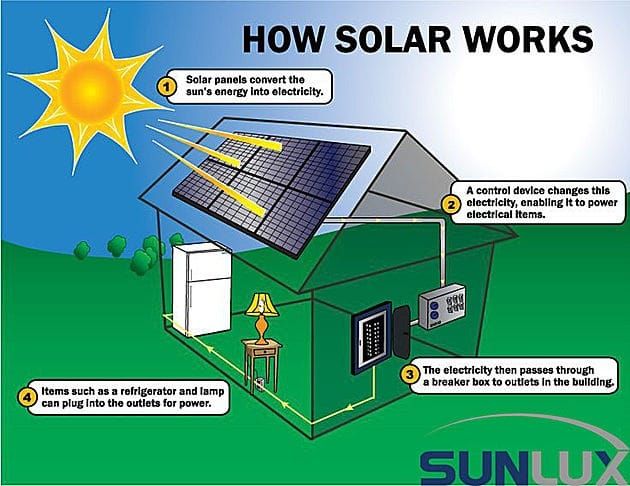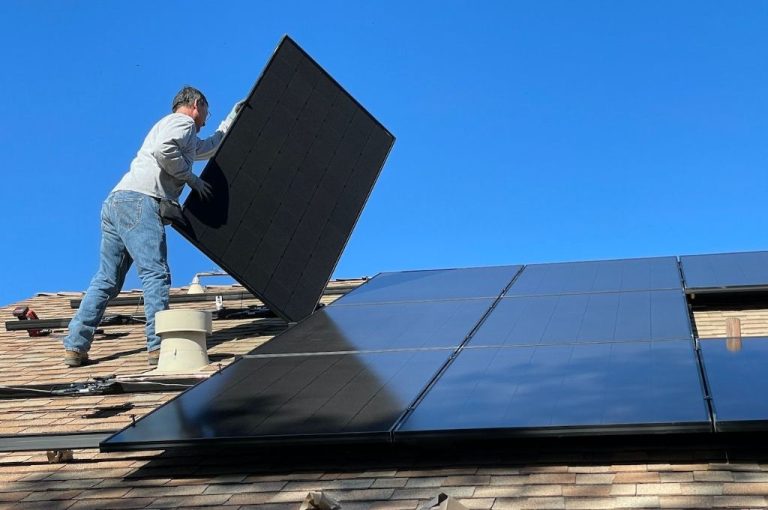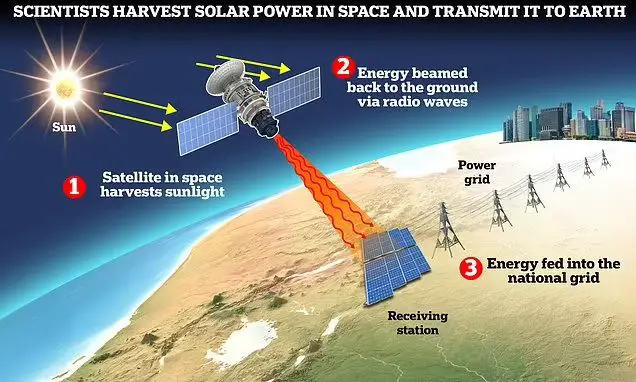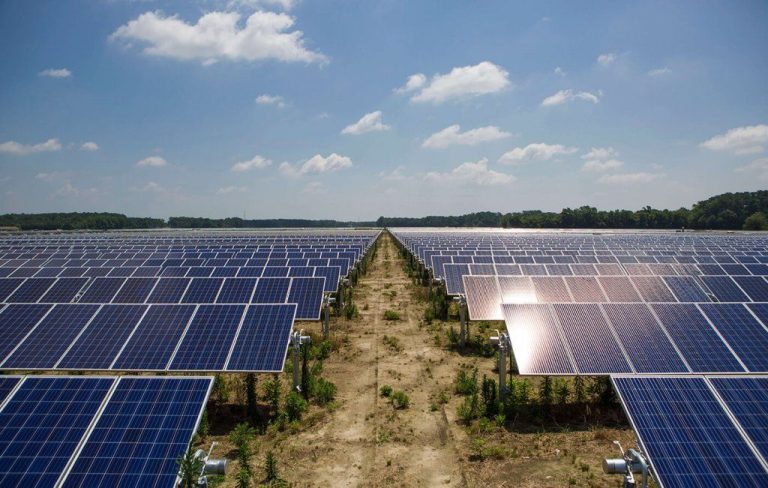How Can I Generate A Lot Of Electricity?
Electricity powers the modern world. From lighting our homes to powering our smartphones, electricity gives us access to necessities and conveniences many now take for granted. As populations grow and developing nations industrialize, worldwide electricity demand continues to climb. Generating enough electricity is crucial for economic growth, raising standards of living, and powering new technologies.
Many methods exist for generating electricity, each with its own advantages and disadvantages. Fossil fuels like coal and natural gas have powered societies for over a century but contribute heavily to climate change. Renewables like solar and wind offer clean energy but rely on weather conditions. Nuclear provides steady baseline power but faces waste disposal challenges. There is no perfect energy source. By utilizing diverse generation sources and improving efficiency, societies can reap the benefits of electricity while minimizing environmental and social impacts.
Fossil Fuels
Fossil fuels like coal, natural gas, and petroleum are one of the most common ways to generate electricity. These energy sources are burned to heat water, produce steam, and spin turbines to generate electricity. Fossil fuels are plentiful and inexpensive, but burning them produces greenhouse gases that contribute to climate change. However, technology like carbon capture can reduce emissions. Coal is one of the dirtiest fossil fuels, but cleaner natural gas is displacing coal in many places. Petroleum can also be used to generate electricity, but it’s more often refined into gasoline, diesel, and other products.
Nuclear Power
Nuclear power has become an important source of electricity around the world. Nuclear power plants work through the process of nuclear fission, where atoms are split apart to release massive amounts of energy as heat. This heat is used to boil water into steam that spins large turbines to generate electricity.
The most common nuclear fission reactor design involves the use of enriched uranium fuel rods placed in a water bath. As the uranium atoms split apart, they release neutrons that cause further splitting in a chain reaction. The water bath serves both as a coolant and a moderator to control the rate of fission. Control rods are lowered into the reactor core to absorb excess neutrons and regulate the chain reaction at a steady, controlled rate.
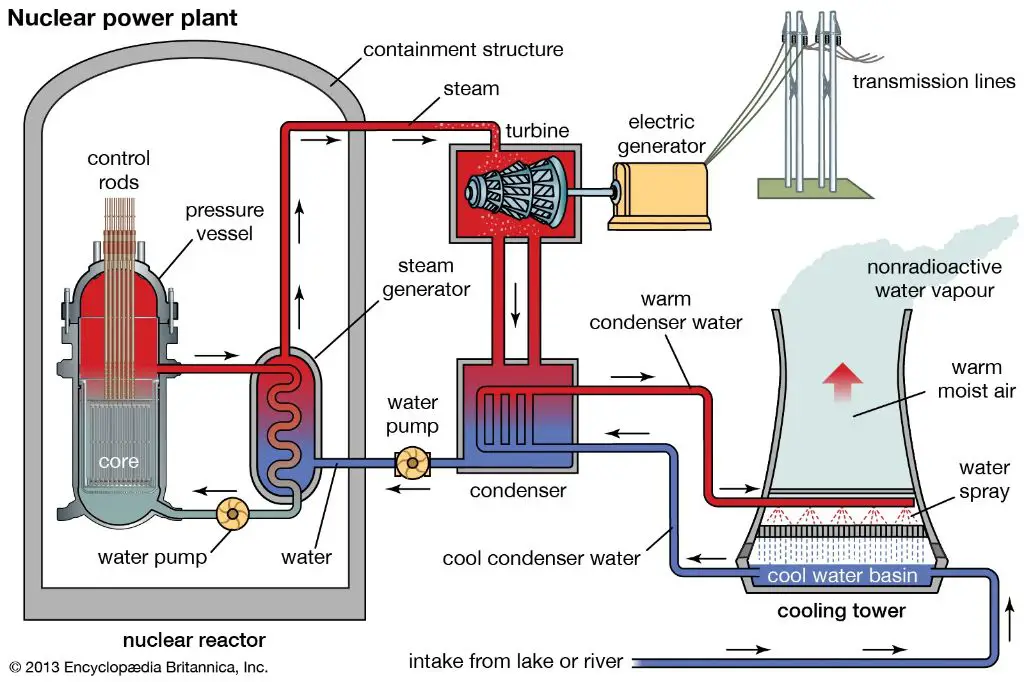
Nuclear fission generates heat without any direct carbon emissions, making nuclear power plants an appealing option to generate electricity without greenhouse gases. However, there are concerns around radioactive waste products that must be properly contained and risks around nuclear accidents and proliferation. Still, nuclear power currently provides around 10% of the world’s electricity from over 400 power reactors.
Hydropower
Hydropower is one of the most widely used renewable energy sources in the world. It utilizes the natural flow of water to generate electricity through turbines and generators. There are several types of hydropower systems:
Dams
Large dams are the most common type of hydropower system. Dams are built to create reservoirs that control the flow of water, which passes through turbines to generate electricity. The amount of electricity generated depends on both the volume of water flow and the height from which it falls.
Tidal
Tidal energy utilizes the natural rise and fall of ocean and coastal water levels due to tides. Tidal turbines capture the kinetic energy of moving water and convert it into electricity. Tidal power is still an emerging technology but holds promise for coastal regions.
Wave
Wave energy harnesses the up-and-down motion of ocean waves using floating or submerged collectors. The irregular motion is converted into smooth rotational motion to drive electrical generators. Wave power technology is not yet widely used but has potential to provide clean energy.
Overall, hydropower provides a renewable, reliable energy source that can help reduce dependence on fossil fuels. With various systems available, hydropower can be harnessed in different water settings around the world.
Wind
Wind power has emerged as one of the most rapidly growing renewable energy sources for electricity generation. Wind turbines convert the kinetic energy in wind into mechanical power that runs a generator to produce electricity. Wind farms can be built onshore or offshore in windy locations.
Onshore wind farms are the most common type of utility-scale wind projects. Large wind turbines are installed together on land to capture steady winds and generate renewable electricity. Advantages of onshore wind include lower costs and easier construction and maintenance compared to offshore wind. However, there are limited suitable onshore sites due to land constraints and permitting issues. Some people also oppose onshore wind farms due to concerns over visual impact and noise.
Offshore wind farms are increasingly being built in coastal waters and oceans where there are abundant winds. Offshore turbines are larger than onshore ones and can harness stronger, more consistent winds over water. However, offshore wind is more expensive due to challenges around installing and maintaining turbines in harsh ocean environments. Innovations in floating wind turbines could open up vast new offshore regions for wind energy development.
Overall, wind energy will play a major role in the global transition to renewable electricity due to its scalability, cost-competitiveness and sustainability benefits. Both onshore and offshore wind each have advantages that can contribute to our clean energy future.
Solar Power
Solar power harnesses energy from the sun and converts it into electricity. There are two main technologies for generating electricity from solar energy:
Photovoltaic (PV) Panels
Photovoltaic panels, also known as solar panels, are made up of solar cells containing photovoltaic material. When sunlight hits the panels, electrons are knocked loose from the atoms in the material, generating a flow of electricity. PV panels can be installed on rooftops or ground-mounted solar arrays to generate electricity. Large utility-scale solar power plants contain thousands of solar panels spread over a large area.
Concentrated Solar Power
Concentrated solar power systems use mirrors or lenses to concentrate sunlight onto a small area. The concentrated light is converted into heat, which drives a steam turbine or heat engine connected to an electrical power generator. There are different types of concentrated solar power systems, including parabolic troughs, solar power towers, and solar dish/engines. Concentrated solar is also mostly used for utility-scale power plants.
Geothermal Energy
Geothermal energy utilizes the heat within the earth to generate electricity. There are three main types of geothermal energy sources:
-
Steam: Steam from reservoirs of hot water found a couple of miles or more below the Earth’s surface can be used to drive turbines and generate electricity.
-
Hot water: Water heated in the Earth’s crust can be extracted and brought to the surface for direct use or electricity generation.
-
Geothermal heat pumps: These use the constant temperatures near the surface of the Earth to heat and cool buildings.
Geothermal power plants are generally built where geothermal reservoirs are located, such as in areas with volcanic activity or hot springs. Drilling wells bring the heated underground water or steam to the surface to produce electricity. Geothermal energy has a small carbon footprint and minimal emissions.
Biomass
Biomass energy refers to energy derived from organic matter such as plants, agricultural waste, and municipal waste. There are three main ways biomass can be used to generate electricity:
Biofuels
Biofuels like ethanol and biodiesel can be burned to generate electricity. Ethanol is made by fermenting sugar from crops like corn, while biodiesel is made from vegetable oils and animal fats. These liquid biofuels can replace fossil fuels in electricity generation.
Biogas
Biogas produced from anaerobic digestion of organic wastes like manure and food scraps contains methane which can be burned to generate electricity. The organic matter is broken down by bacteria in an oxygen-free environment, releasing biogas.
Municipal Waste
Burning municipal solid waste like everyday trash and sewage sludge can produce electricity at waste-to-energy plants. While not 100% renewable, these plants offset some fossil fuel use. The heat released from incineration boils water to spin turbines.
Biomass provides a renewable, low-carbon option for generating electricity. However, sources must be managed sustainably to maintain supplies and avoid competing with food production.
Improving Efficiency
In addition to increasing electricity generation, improving the efficiency of energy transmission and use can also help meet rising electricity demand. Upgrading to a smart grid that uses digital communications technology to detect and react to local changes in usage can reduce transmission losses and balance electricity supply and demand more effectively.
Investing in energy storage solutions, like batteries and pumped hydro storage, allows utilities to capture electricity during times of excess generation and discharge it during peak demand. This improves the efficiency and reliability of electricity delivery across the grid.
Modernizing and expanding transmission infrastructure also reduces line losses over long distances. High voltage direct current (HVDC) transmission lines are more efficient for sending large amounts of electricity over hundreds of miles than traditional alternating current lines. Building new HVDC connections between grids enables greater sharing of power and takes advantage of variable renewable generation.
Overall, deploying advanced technologies and infrastructure to generate, store, transmit, and distribute electricity more intelligently can maximize the productivity of existing assets and meet rising electricity demand more efficiently.
Conclusion
In summary, while fossil fuels currently generate the bulk of the world’s electricity, renewable energy sources like solar, wind, and hydropower are becoming increasingly important. As technology improves and costs continue to fall, renewables will play a bigger role in the future electricity mix. Energy efficiency is also key – using electricity more efficiently reduces overall demand. While each electricity generation method has pros and cons, pursuing a diverse mix of technologies while ramping up renewables and improving efficiency is the best path forward. The outlook is bright for clean, sustainable electricity production.

